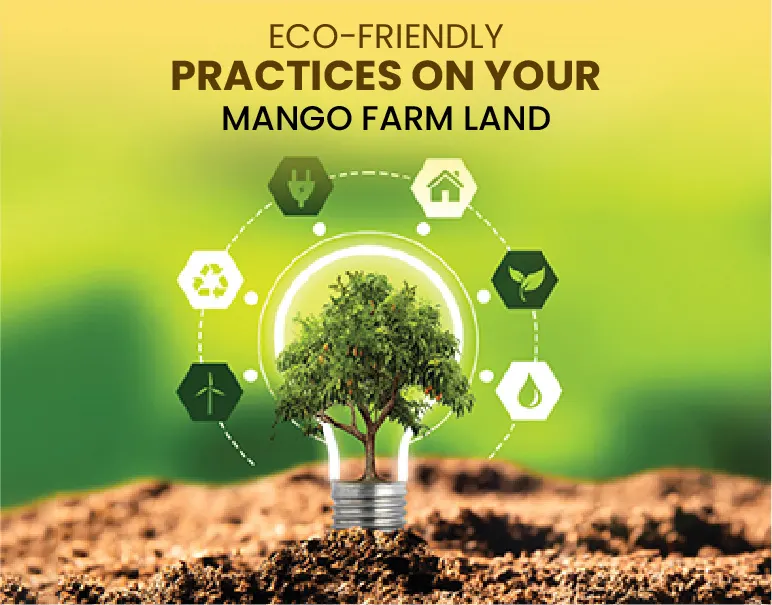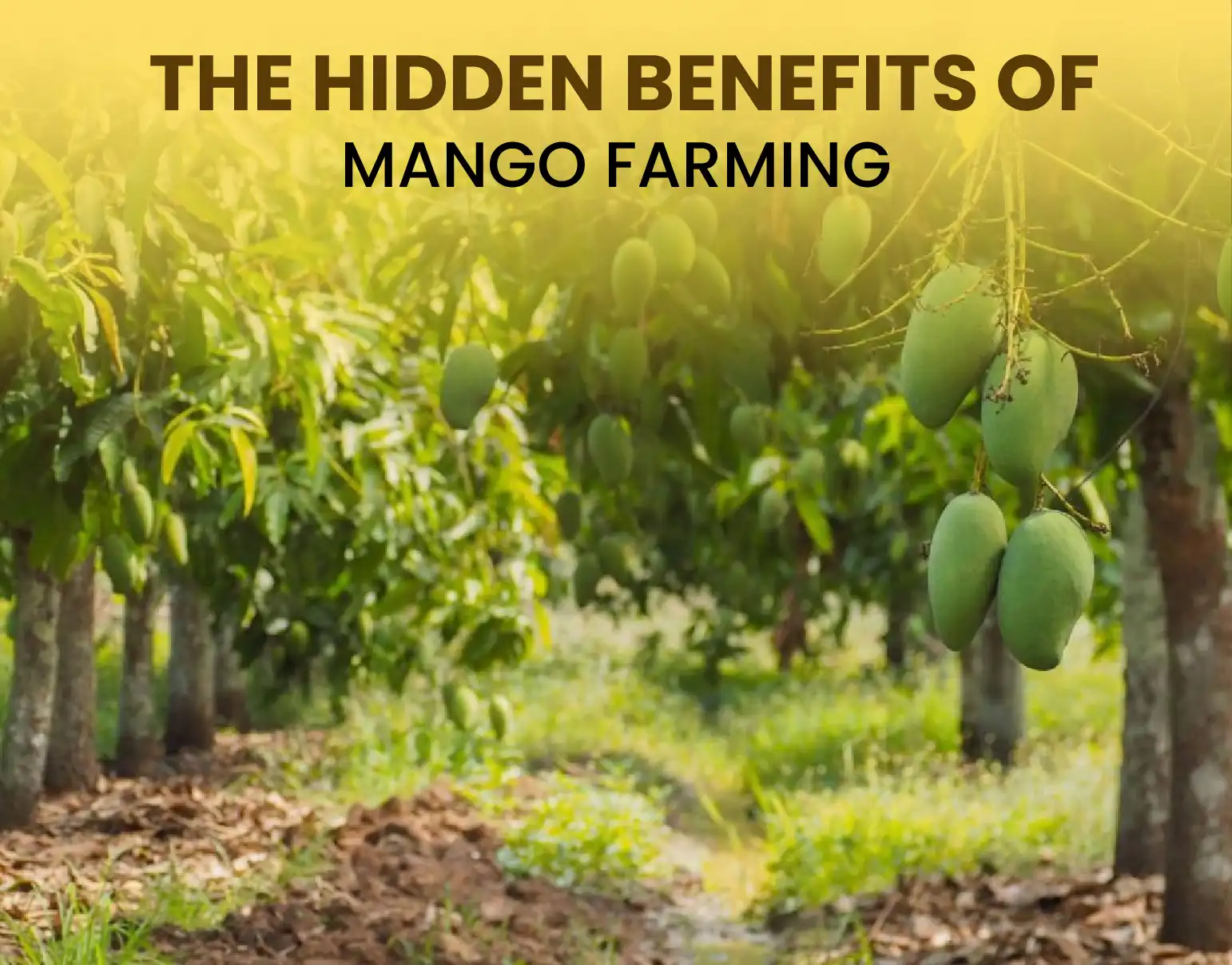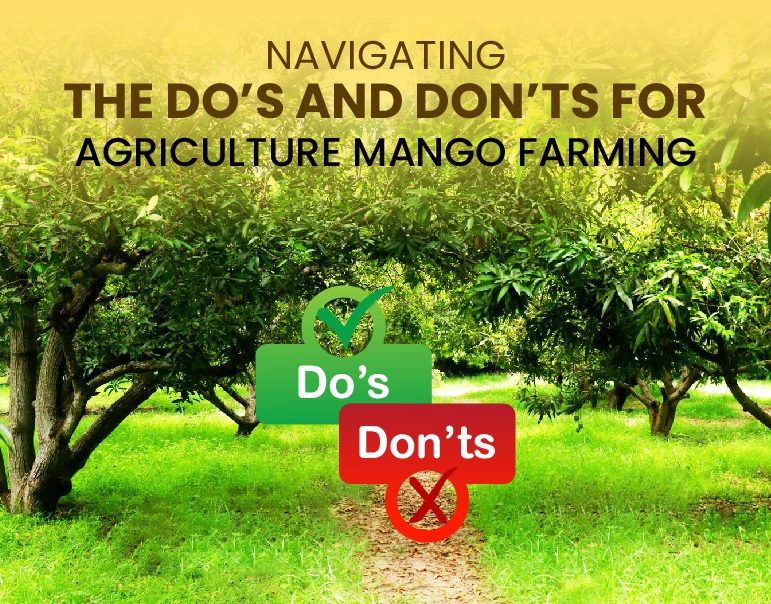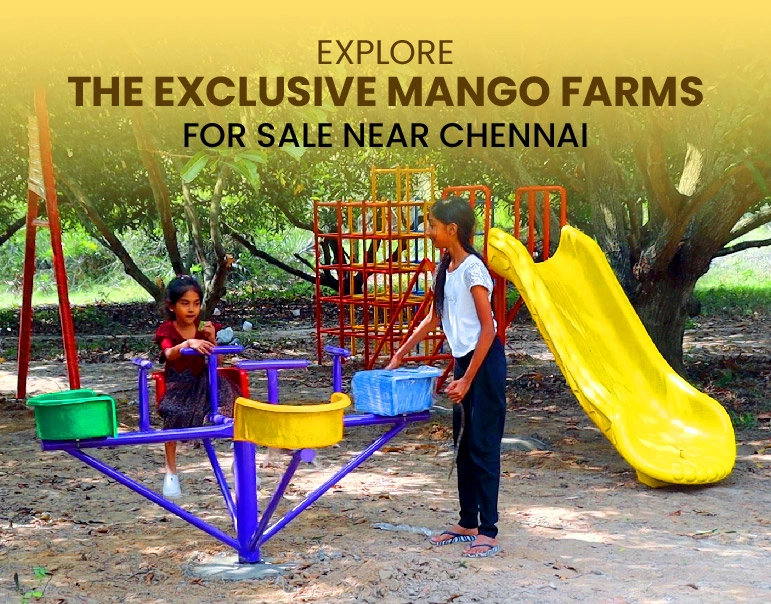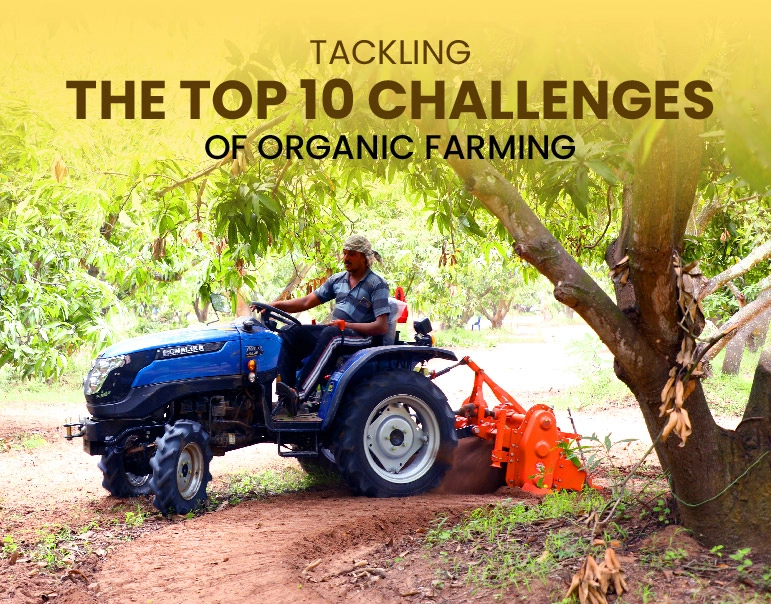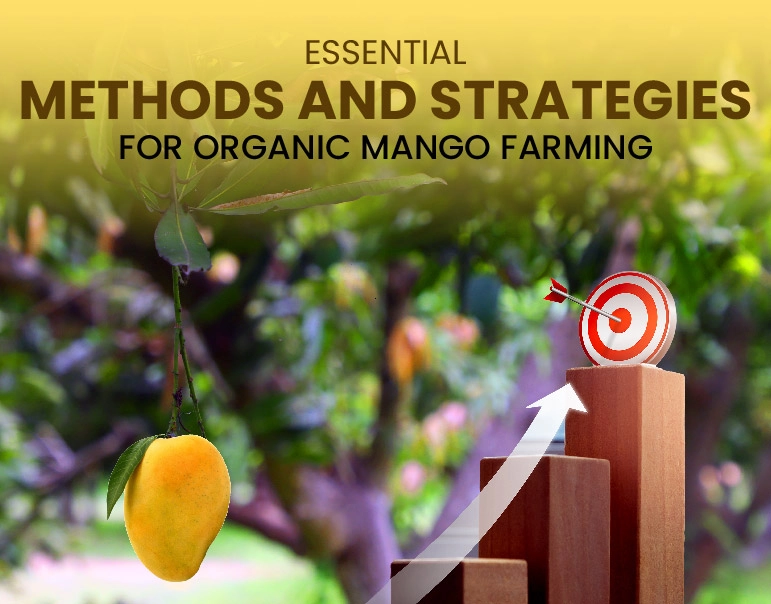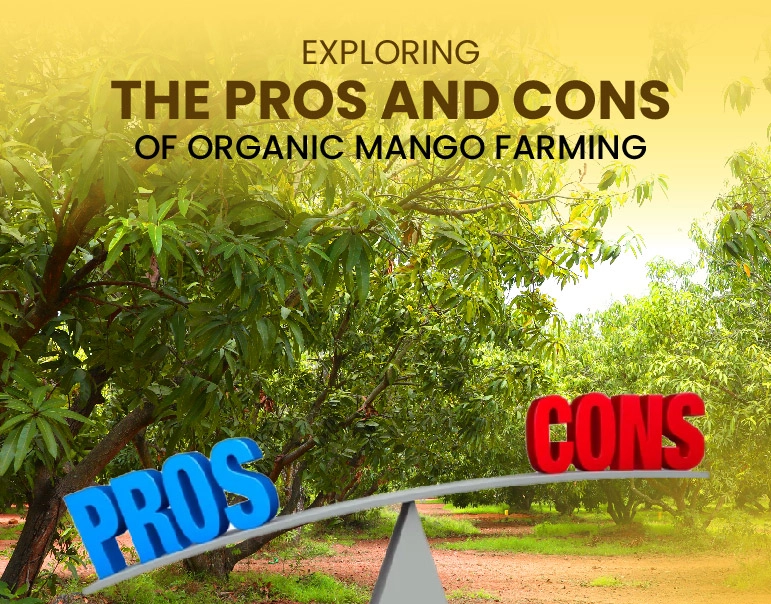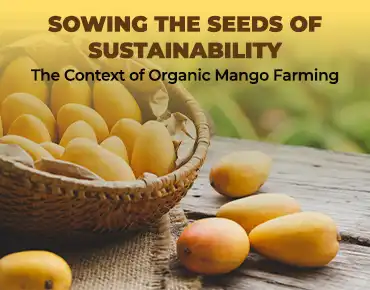Mango Farm production economics: An overview of Cost and Profit Analysis
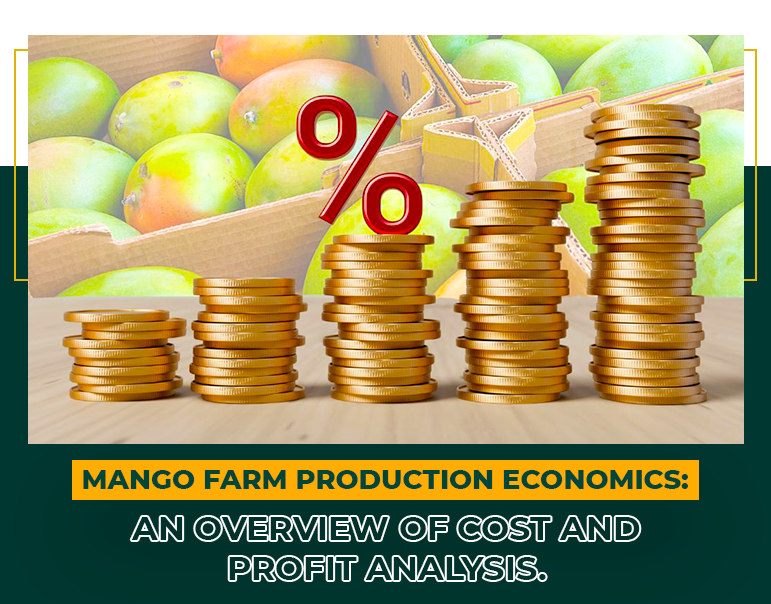

Since demand for this favorite fruit rises all around, mango cultivation has become more and more popular. Still, anyone hoping to enter the profession has to grasp the economics of mango farm output. From first setup fees to maintenance and harvesting, every stage has particular prices and considerations. This blog examines in-depth the economics of mango farm production, stressing expenses, possible returns and elements affecting general success.
Land Purchase and Preparation: Land purchase is the first major outlay in mango growing. Location affects prices; land in lush tropical areas usually costs more. Land preparation, once locked, consists of clearing, leveling and soil testing to guarantee fitness. Fertilizer and soil amendments, such as organic matter and micronutrients, are added as needed and typically incur a significant cost, depending on the initial condition of the soil.
Tree Saplings or Seeds: Grafted saplings typically yield consistent fruit faster than seeds in mango production. The mango variety affects the price for saplings; premium varieties like Alphonso usually cost more. In mango farming, buying and planting these saplings is a significant upfront expenditure.
Irrigation and Water Management Systems: Mangos, particularly in areas with erratic rainfall, depend on a reliable irrigation system—drip or sprinkler irrigation. Although regular water supply, tools and installation costs add to total expenses, they are absolutely vital for preserving crop health and output.
Labor Costs: Regular needs for planting, pruning, insect management and harvesting mean that mango farming is physically demanding. Local pay rates and the size of the farm affect labor expenses, but they are among the more constant running expenses in mango farming.
Fertilization and Soil Management: Mango trees need proper nutrient management if they are to produce much. Regular application of either organic or inorganic fertilizers contributes significantly to ongoing costs. Additional amendments such as compost, mulch and tiny minerals are often added to maintain soil health, encourage better mango development and improve crop quality.
Pest and Disease Control: Pests and diseases such as fruit flies, anthracnose and powdery mildew can afflict mango trees. Good control of pests and diseases calls for consistent observation as well as the application of integrated pest management (IPM), biological controls or insecticides. IPM demands training and monitoring systems even if they can be more ecologically friendly and less expensive.
Pruning and tree maintenance: Pruning is necessary to shape mangoes, encourage healthy growth and prevent illness. Good pruning, despite its labor-intensive nature, ensures that the tree concentrates its energy on fruit production, thereby improving both the quality and quantity of fruit over time.
Harvesting: Once mango plants reach maturity, harvesting expenses become the primary focus. We choose most mangoes to prevent damage and bruising, a task that requires trained labor. To reach mangoes in taller trees, one may also need fruit-picking poles.
Post-Harvest Processing: Once mango plants reach maturity, harvesting expenses become the primary focus. We choose most mangoes to prevent damage and bruising, a task that requires trained labor. To reach mangoes in taller trees, one may also need fruit-picking poles.
Transportation and Distribution: Getting the mangoes from a farm to a market or export center adds still another level of cost. The proximity of the farm to markets, the state of the roads and the price of gasoline affect the transportation expenses. Good handling and packaging help minimize damage during transportation, thereby maintaining the quality and market value of the fruit.
Primary Revenue: For most farmers, fresh mango sales generate their primary income. Prices range widely; premium varieties like Alphonso, Haden or Kesar fetch more in both home and foreign markets. Harvesting at times that line up with peak demand will also help profitability.
Secondary Revenue: Processing mangoes into pulp, juice, dried slices and jams offers further income sources. Many times, with longer shelf life, these products appeal to customers all year round. Processing lesser-grade mangoes helps producers maximize revenues and avoid waste.
Agrotourism and Farm Experiences: Some mango farms are incorporating agrotourism activities such as guided farm tours, mango-picking contests and farm stays. This could potentially serve as an additional revenue stream and promote brand loyalty. Development of tourism-friendly infrastructure requires initial investments, but returns can be notable, particularly in locations close to metropolitan centers.
Climate and Weather Conditions: Climate significantly influences mango output, with temperature, humidity and rainfall influencing yields. Climate change-induced unpredictable weather patterns create hazards; hence, crop insurance or climate-resilient strategies become even more crucial.
Market Fluctuations: Climate significantly influences mango output, with temperature, humidity and rainfall influencing yields. Climate change-induced unpredictable weather patterns create hazards; hence, crop insurance or climate-resilient strategies become even more crucial.
Quality of Crop and Management Practices: Production techniques greatly influence the quality of good mangoes, which demand premium pricing. Better positioned to produce premium, marketable mangoes are farms that make investments in effective management techniques, including organic farming, IPM and efficient irrigation.
Despite the initial high setup costs, mango farming can yield significant returns over decades, as mature trees consistently yield fruit for over forty years. The mango farms can provide a good return on investment, usually more than conventional investments depending on market positioning and maintenance. Particularly in areas undergoing urban development, the appreciation of land can significantly boost long-term profitability.
Sample cost-benefit outline
1. The cost of land ranges from $5,000 to $15,000, while the cost of saplings is $2,000.
2. The costs include labor ($2,000), fertilization and pest control ($1,500), maintenance ($500), and annual operational costs.
3. Sales of fresh mangos ($8,000) and processed goods ($2,000) are generated annually per acre.
4. Potential return on investment: 12–15% following first years.
For both farmers and investors, mango growing offers a sustainable and financially feasible investment possibility. Mango farms can become rather successful businesses by closely controlling expenses and investigating several income sources. Mangoes are increasingly in demand worldwide and their farms align well with both environmental and financial objectives by incorporating sustainable farming methods. For those with a passion toward agribusiness, investing in mango growing presents a bright future full of possibilities.
This summary of mango farm production economics provides a solid foundation for understanding expenses, income sources and factors that impact profitability.
